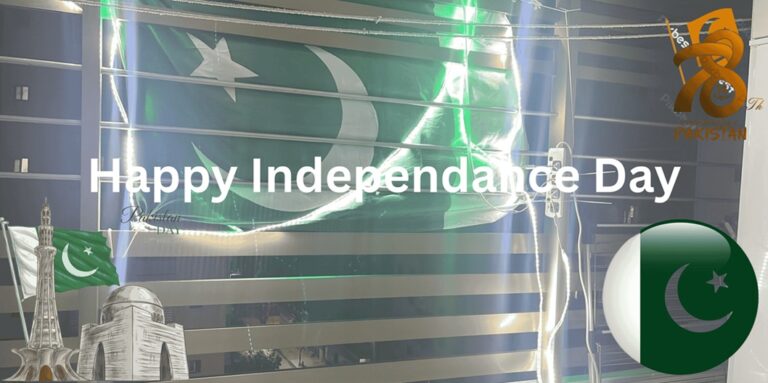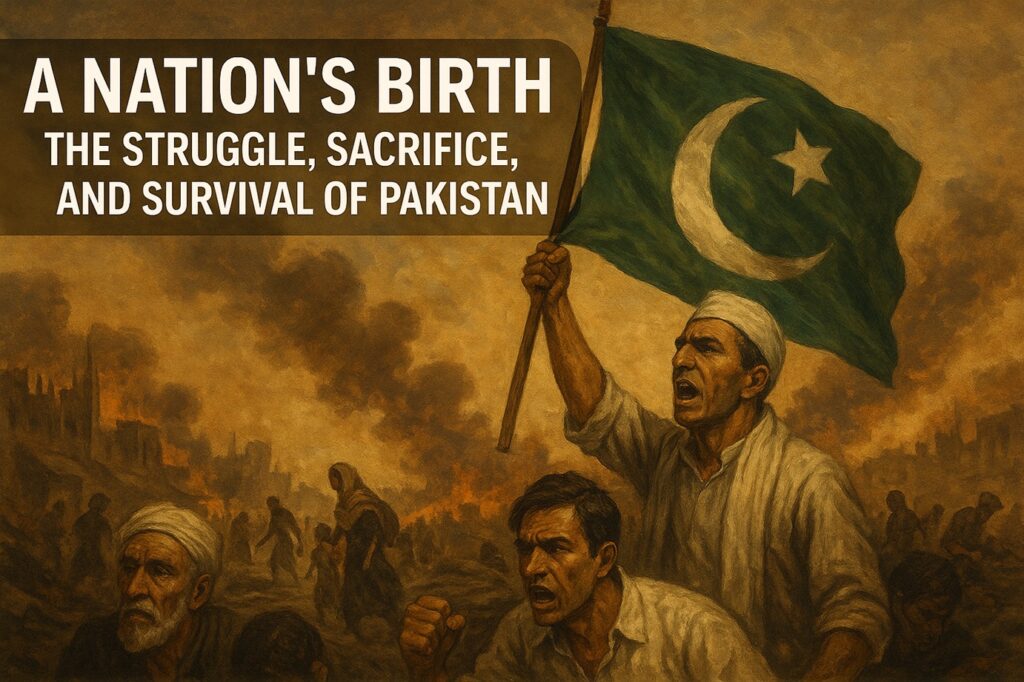A Nation's Birth: The Struggle, Sacrifice, and Survival of Pakistan.
These are not just words; they are the echoes of a people’s deepest aspirations, a testament to the unimaginable struggle and survival of Pakistan as its people made profound sacrifices to bring a new nation into being. As we celebrate Pakistan’s 78th Independence Day, it’s essential for our younger generation to understand the decades of struggle and survival of Pakistan that led to this moment. The foundation to nationhood was laid on the unwavering commitment and visionary leadership of millions who dared to dream of an independent homeland.
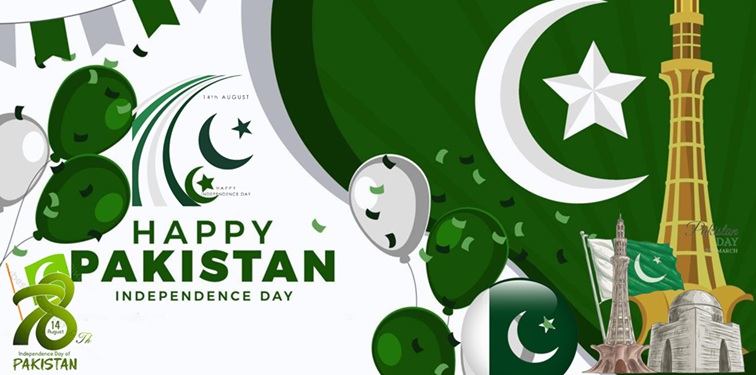
1857-1905: The Aftermath and Muslim Awakening
The War of Independence in 1857 marked a turning point in British-Indian relations. At that time, Indians—whether Muslims or Hindus—took pride in the War of Independence, viewing it as a courageous stand against British rule. Unfortunately, it was the Muslims who bore the brunt of the aftermath, as the uprising was seen as their final attempt to reclaim past glory and restore what had once been one of the mightiest empires in the world.
The War of Independence of 1857 had far-reaching and adverse consequences for the Muslims of the Indian subcontinent. Following the defeat, the British dismantled the Mughal Empire and exiled Bahadur Shah Zafar, marking the complete end of Muslim political authority.
Muslims were viewed as the principal instigators of the revolt and consequently faced severe political marginalization, economic deprivation, and social discrimination. Large estates were confiscated, traditional educational institutions were dismantled, and Muslims were deliberately excluded from government service. Their reluctance to adopt modern, English-based education further deepened their socio-economic decline. Cultural centers such as Delhi and Lucknow suffered immense destruction, leading to the erosion of Muslim art, literature, and traditions.
This decline was further aggravated by the Urdu–Hindi controversy of 1867, when demands were made to replace Urdu with Hindi as the official language in certain regions. Since Urdu was closely associated with Muslim identity, this movement deepened communal divisions and created a sense of insecurity among Muslims, reinforcing their political isolation and weakening their position in the socio-cultural landscape of the subcontinent. The events of this era laid the foundation for the struggle and survival of Pakistan.
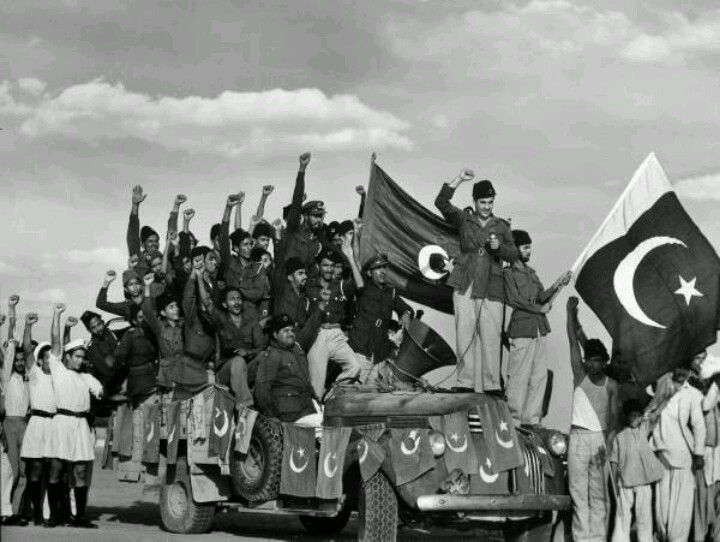
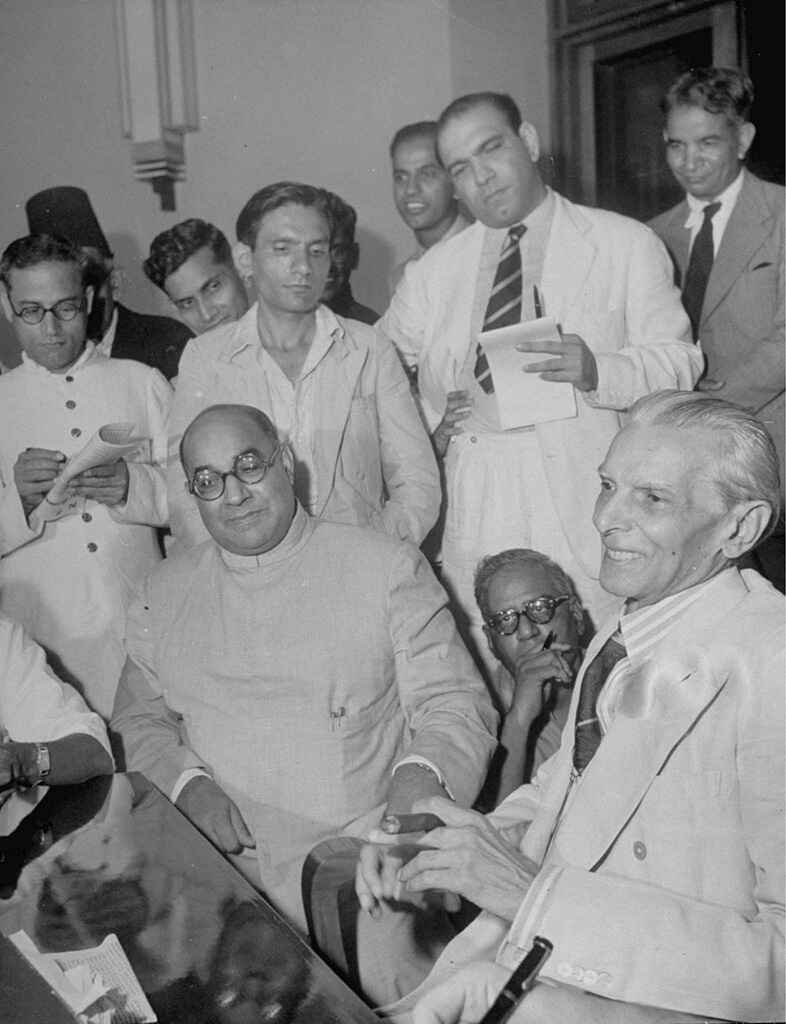
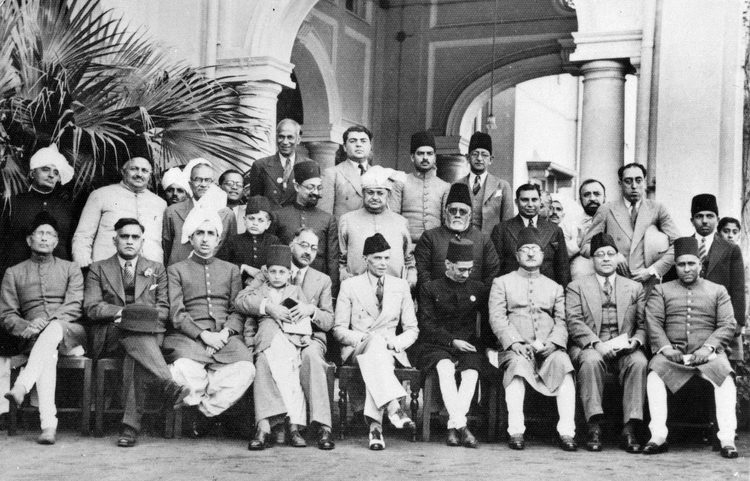
The Muslim Journey to Pakistan: Vision, Leadership, and Struggle"
Following the war, the British Crown took direct control, establishing the British Raj in 1858. India was divided into British-governed territories and over 500 semi-autonomous princely states.
In the wake of the Urdu-Hindi controversy, which marked the first clear sign of a widening rift between Hindus and Muslims in the subcontinent, Sir Syed Ahmed Khan spearheaded what came to be known as the Muslim Renaissance. This transformative movement aimed to restore the intellectual, educational, and social stature of Muslims, which had sharply declined after the War of Independence in 1857.
Sir Syed advocated for the adoption of modern education, scientific knowledge, and progressive thinking, all while safeguarding Islamic values. Aware of the shifting political realities, he stressed the need for cordial relations with the British, believing that mutual understanding and cooperation were essential for the advancement and empowerment of the Muslim community.
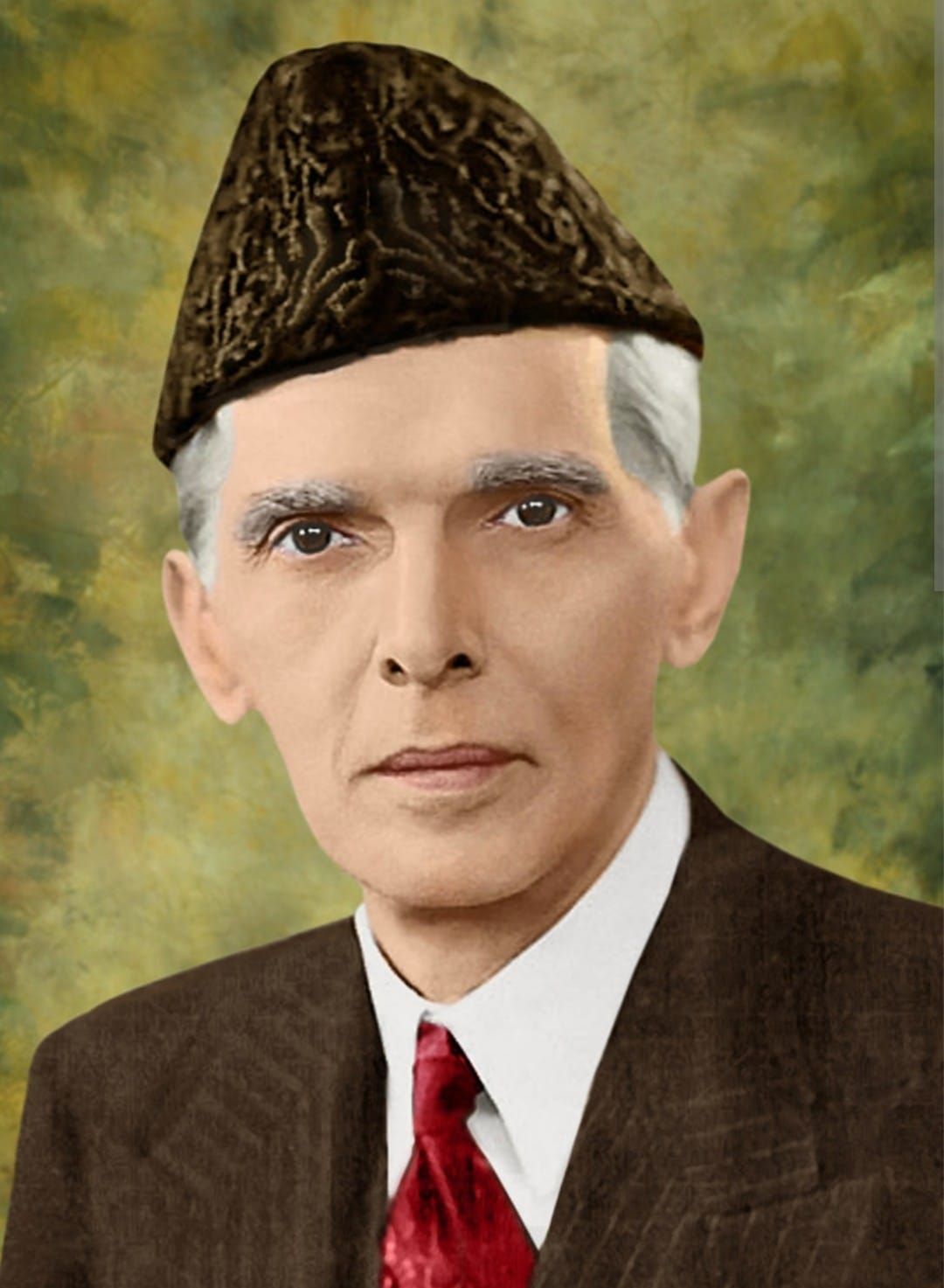
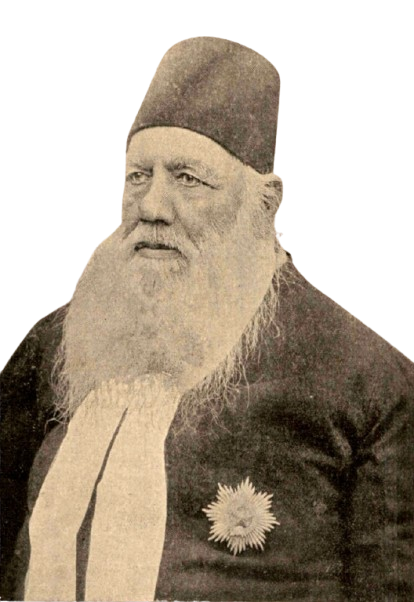
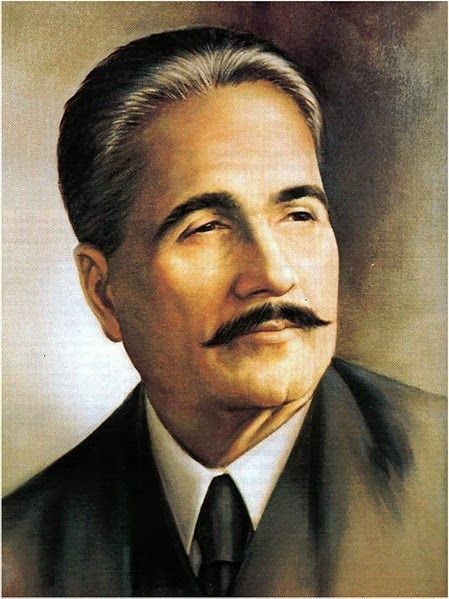
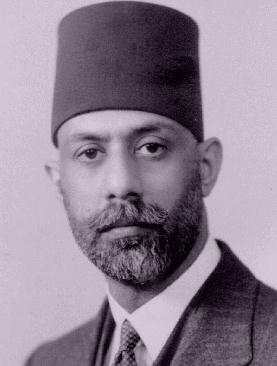

Birth of the All-India Muslim League and Its Early Mission
The Muslim awakening gradually evolved into organized political action, culminating in the establishment of the All-India Muslim League in 1906. The formation of the All-India Muslim League in 1906 marked the beginning of an organized political voice for Muslims in British India. Initially, the League’s purpose was not to demand separation but to safeguard Muslim political, cultural, and economic rights in a Hindu-majority environment.
Leaders such as Allama Muhammad Iqbal and later Muhammad Ali Jinnah, who joined the League after his earlier association with the Indian National Congress, played key roles in shaping its vision. Over time, especially under Jinnah’s leadership, the League evolved from a platform for protecting minority rights into the driving force behind the demand for a separate homeland. The successful struggle and survival of Pakistan would depend on this unity.
Struggle and survival of Pakistan | Political Setbacks and Heightened Muslim Concerns under Congress Rule
The transformation gained momentum after the Government of India Act 1935 and the provincial elections of 1937, in which the Indian National Congress formed ministries in several provinces. The Congress’s governance exposed Muslim fears of marginalization—through initiatives like making “Vande Mataram” a national song in its provinces and pushing the Wardha Scheme of Education, which made Hindi compulsory. Muslims saw these measures as deliberate attempts to impose Hindu cultural dominance and sideline Urdu, their language of heritage and administration. These developments strengthened the League’s claim that Muslims would not be safe or fairly represented in a united India once the British departed.

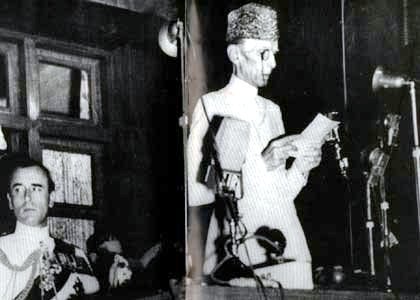
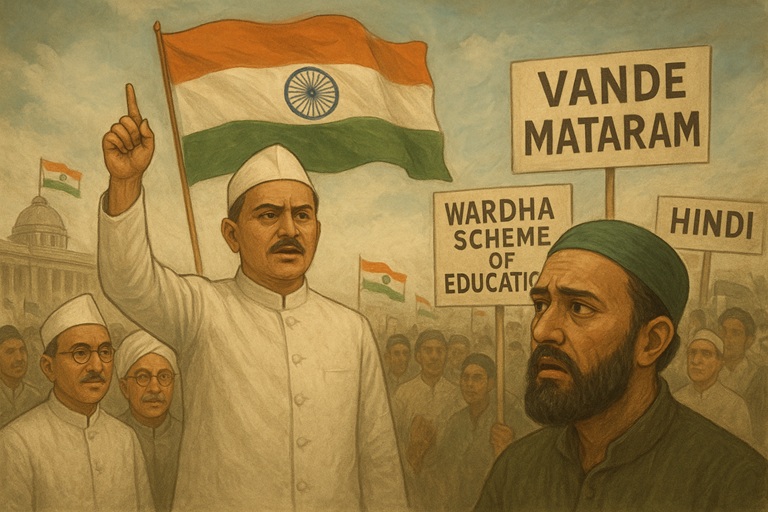
Philosophical Foundations and Milestones Toward Independence
The shift from safeguarding rights to demanding independence was further solidified by key events. In 1930, Iqbal’s Allahabad Address provided the philosophical foundation for a separate Muslim state, articulating the Two-Nation Theory. In 1933, Chaudhry Rahmat Ali gave this vision a name—Pakistan—in his pamphlet Now or Never. The growing communal rift was underscored in 1939, when the League observed the “Day of Deliverance” after Congress ministries resigned, celebrating relief from Hindu-majority governance. The decisive moment came with the Lahore Resolution of 1940, where the League formally demanded independent states in Muslim-majority regions.
A Unifying Slogan: From Political Demand to Spiritual Movement
The movement’s emotional and ideological unity was captured in the slogan “پاکستان کا مطلب کیا؟ لا الہ الا اللہ”, which transformed a political demand into both a spiritual and national cause. By linking Muslim identity to the vision of Pakistan, the League not only mobilized millions but also made the idea of a separate homeland an irreversible reality, ensuring the struggle and survival of Pakistan.
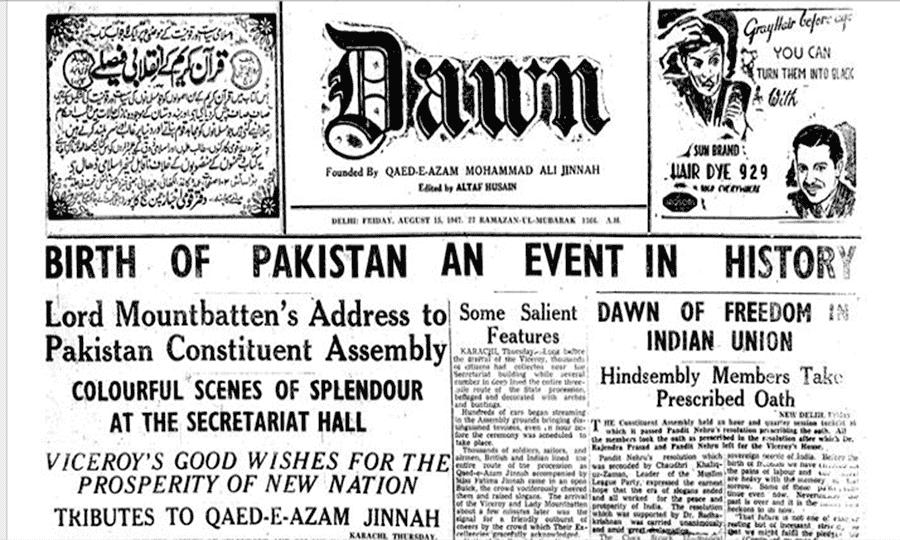
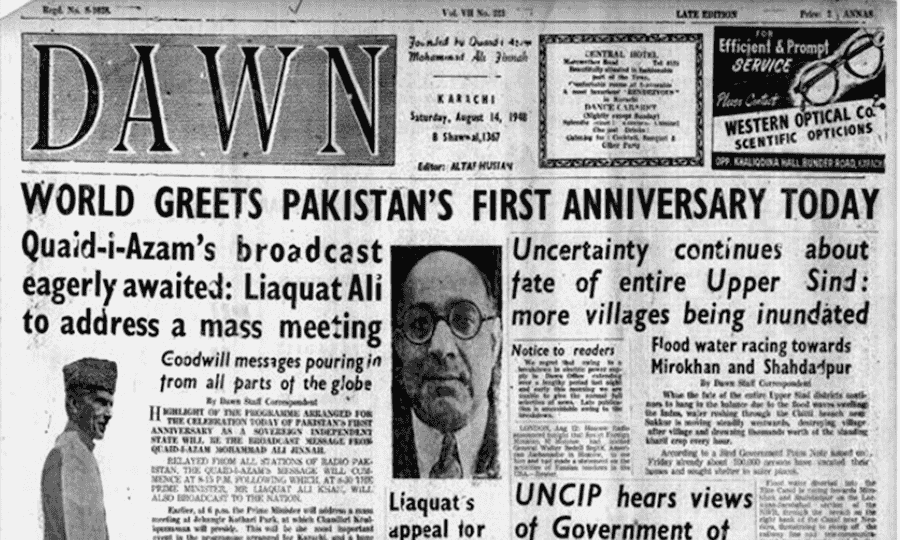
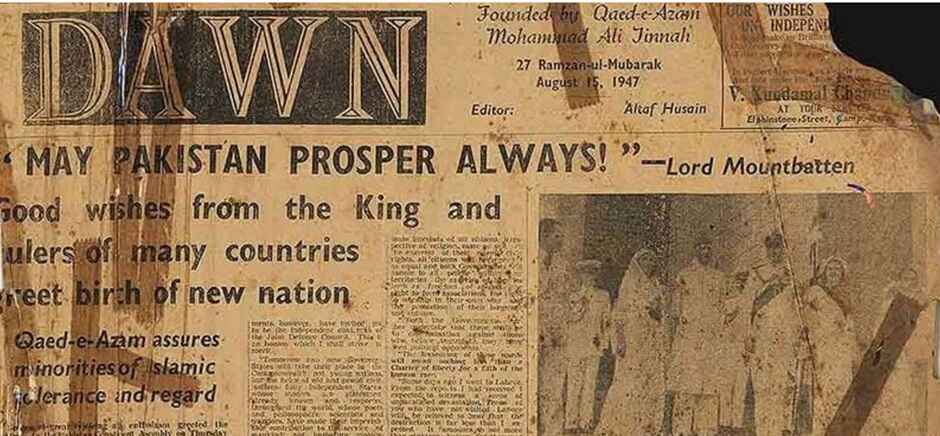
Triumph and Trauma: The Birth of Pakistan
The birth of Pakistan on August 14, 1947, was a moment of immense triumph, but it was overshadowed by the trauma of partition. The hastily drawn Radcliffe Line led to the largest mass migration in human history, resulting in widespread violence and tragic loss of life. This injustice was further compounded by the Kashmir conflict and India’s refusal to release Pakistan’s fair share of assets, leaving the new nation in a dire position. Yet, against all odds, Pakistan not only survived but thrived, a testament to the resilience of its people and the ongoing struggle and survival of Pakistan.
Sacrifices and the Great Migration of 1947
The creation of Pakistan wasthe result f on immense struggle and profound sacrifice, culminating in the turbulent migration of 1947.. Millions were displaced in a journey marked by unimaginable suffering and violence. The resulting humanitarian crisis and psychological trauma of Partition continue to be a defining part of the nation’s history and identity.
This difficult period solidified the nation’s character and commitment to the struggle and survival of Pakistan.
Honoring the Past, Shaping the Future
Even after the hard-won independence of 1947, Pakistan’s journey has been marked by trials that tested the nation’s resilience. From the valor displayed in the 1965 war, to the deep wounds of the 1971 tragedy and the loss of East Pakistan, and the relentless sacrifices made during the war on terror, Pakistanis have fought not merely to defend borders, but to uphold dignity, justice, and opportunity for their people.
Our history is one of enduring struggle and unshakable resolve — a testament to a spirit that refuses to yield. The struggle and survival of Pakistan is not just a historical chapter, but an ongoing mission. As we celebrate Independence Day, we must remember that the legacy of courage is not a chapter closed in history, but a living responsibility. It calls on us to safeguard the ideals for which countless lives were given, and to build a future worthy of their sacrifice.
Pakistan Zindabad!
